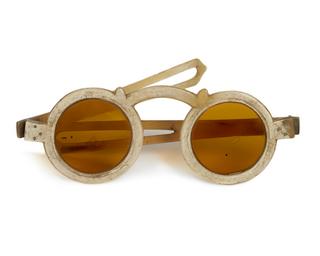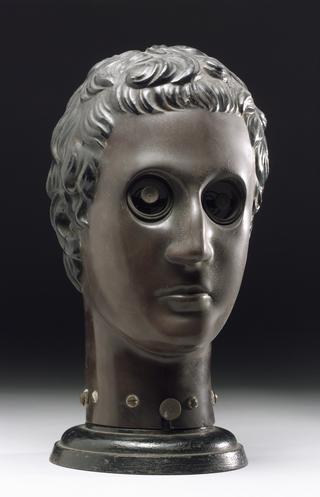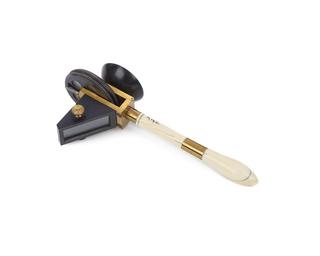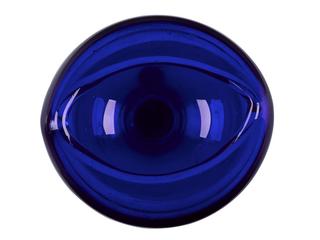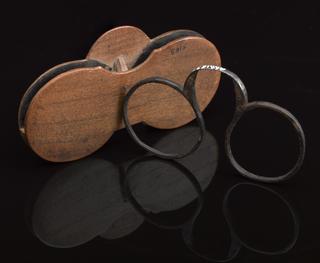
Pugh orthoptoscope, London, England, 1948-1968
- maker:
- Theodore Hamblin Limited




Pugh orthoptoscope by Hamblin, London, English, 1948-1968
An orthoptoscope – sometimes called an amblyoscope – is used to measure the angle of a squint in the eye and to determine how well both eyes work together – a squint is where the eyes are not parallel. The Pugh orthoptoscope was devised by Mary Agnes Pugh (1900-72), who drew on her experience working at the Squint Department at Moorfields Eye Hospital, London, from 1928 to 1948. As well as diagnosing squints, the Pugh orthoptoscope could also be used to treat them. This model was made by Theodore Hamblin Ltd, an optician and optical instrument maker.
Details
- Category:
- Ophthalmology
- Collection:
- Sir Henry Wellcome's Museum Collection
- Object Number:
- A626764
- Measurements:
-
overall: 500 mm x 430 mm x 320 mm,
- type:
- orthoptoscope

